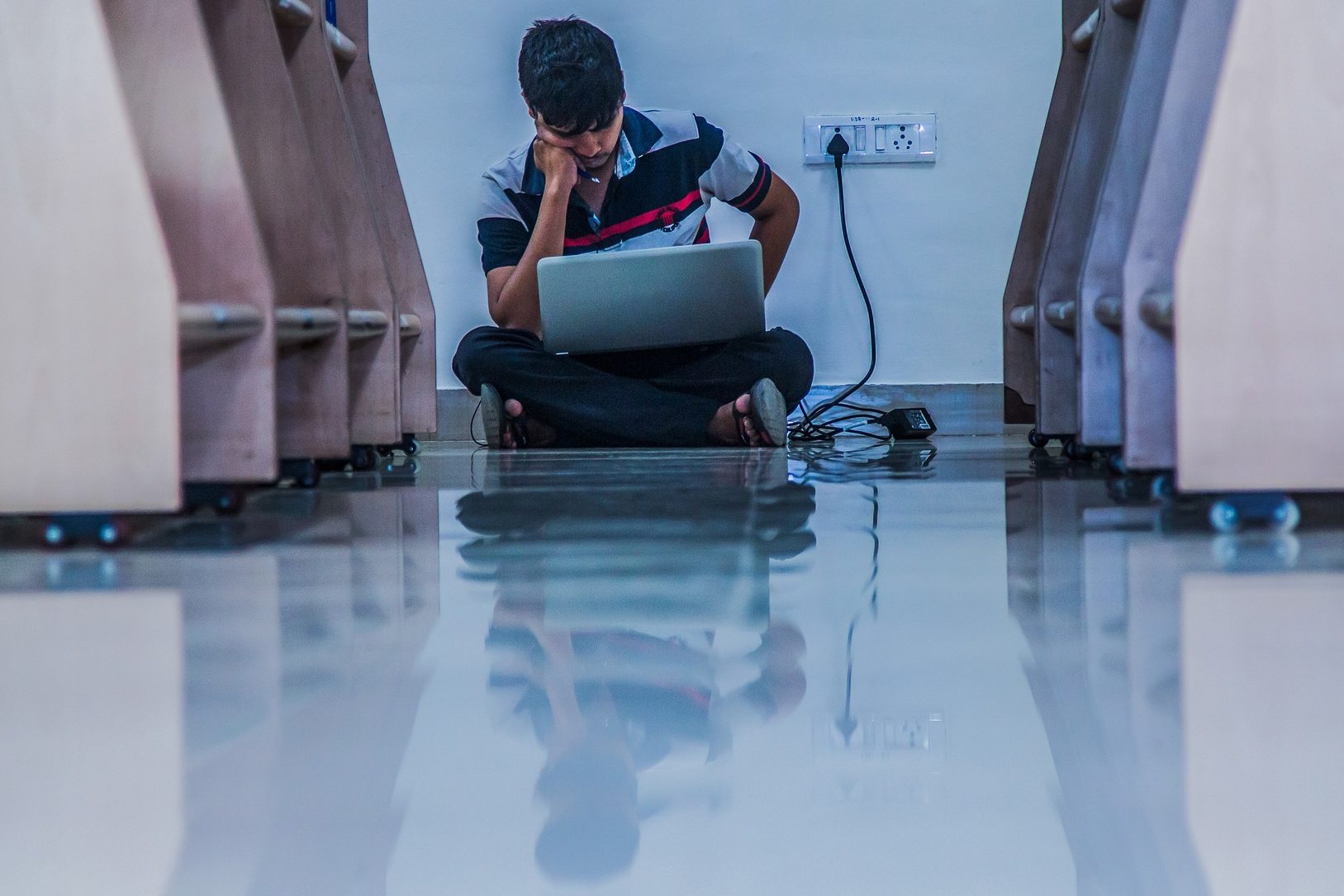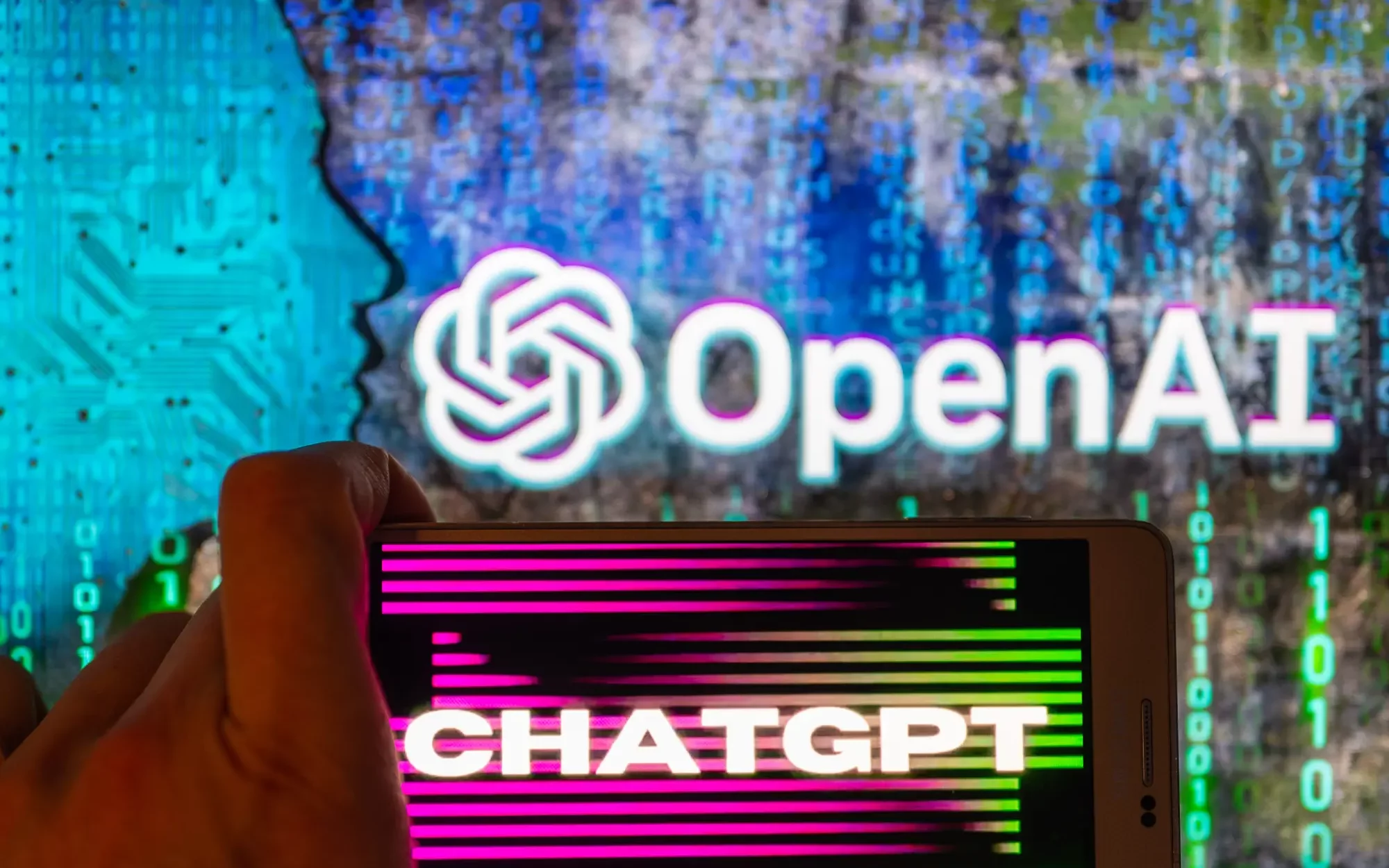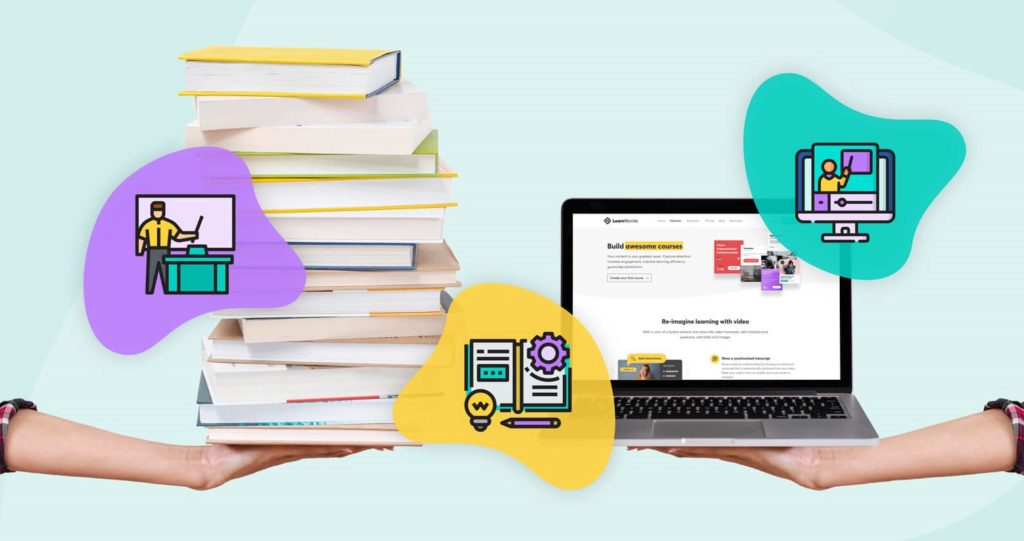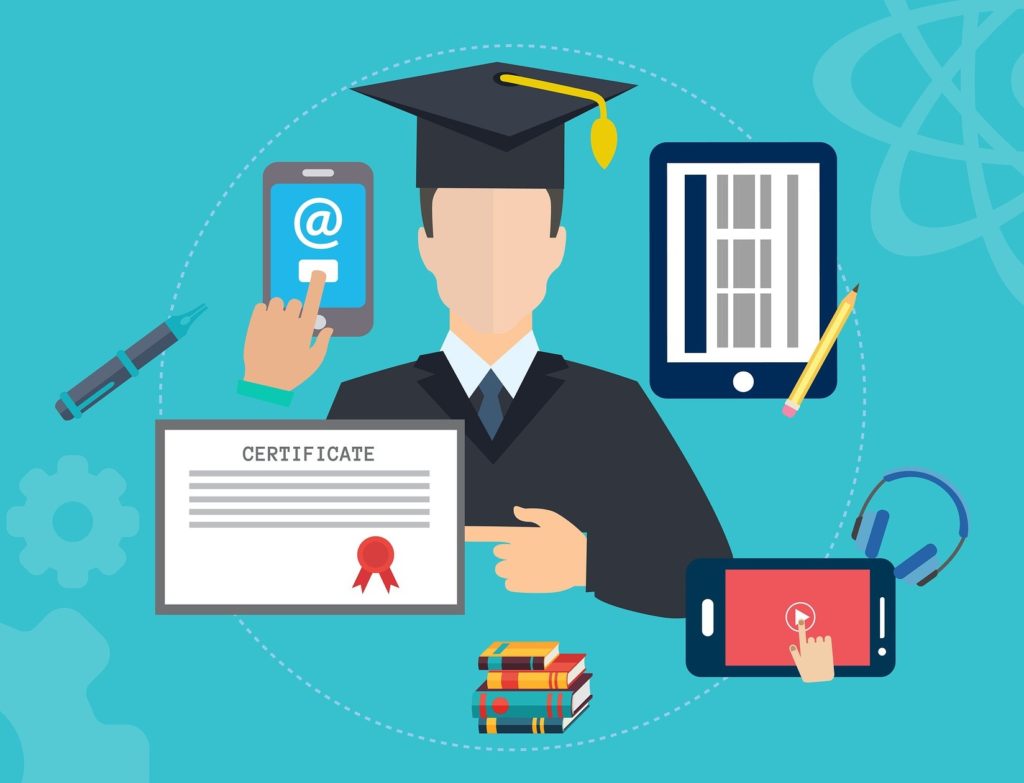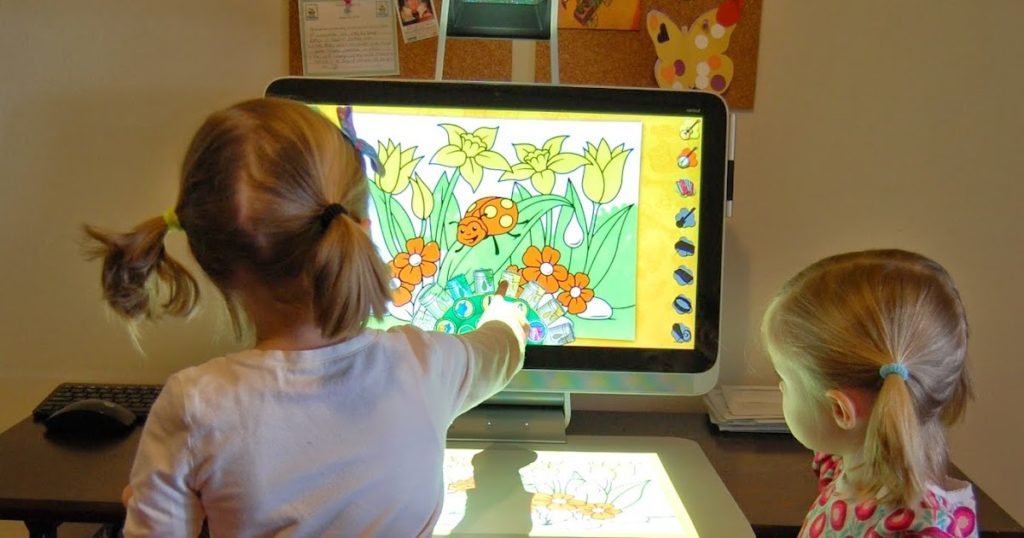
Transformation of higher education is an intricate issue. Universities are service organisations with complex hierarchical structures, as well as numerous internal and external policies and regulations to adhere to. Consequently, diffusion of innovations at the institutional level is often challenging for university leaders. Nonetheless, globalisation and changing student needs, particularly since the COVID-19 pandemic, are compelling universities to reassess their strategies for diffusion of innovations and digital transformation. The critical question that arises is, how digital technologies can be harnessed to transform higher education and align with the primary functions of universities: teaching and research. The mentioned below are some of the key areas to focus.

